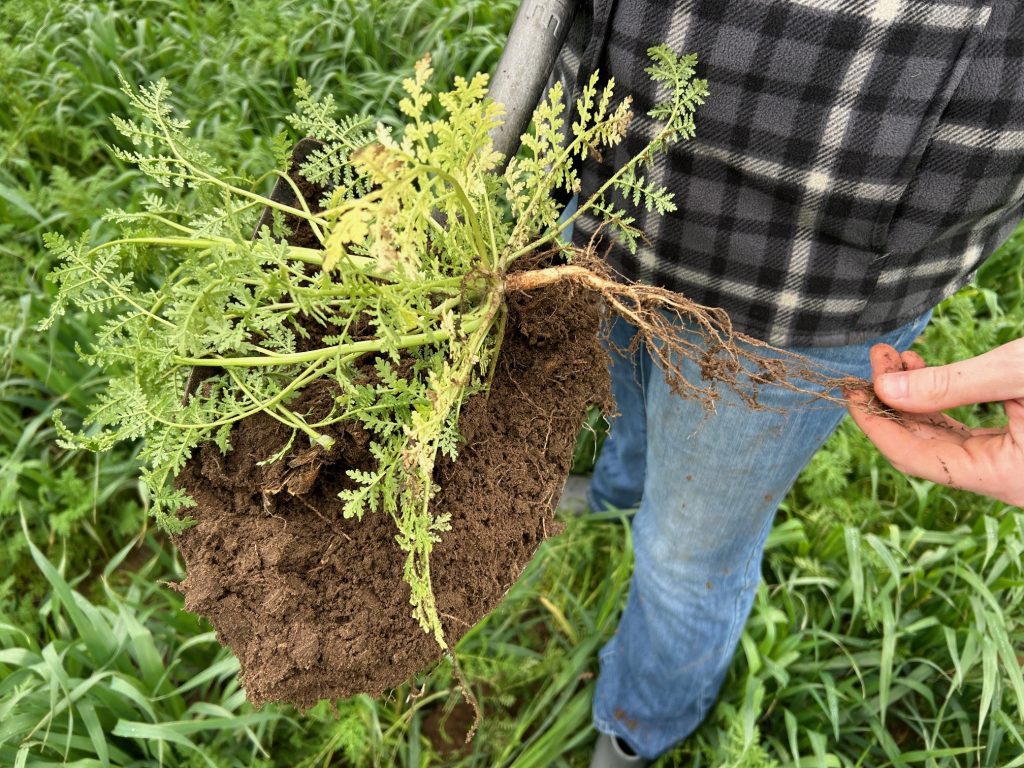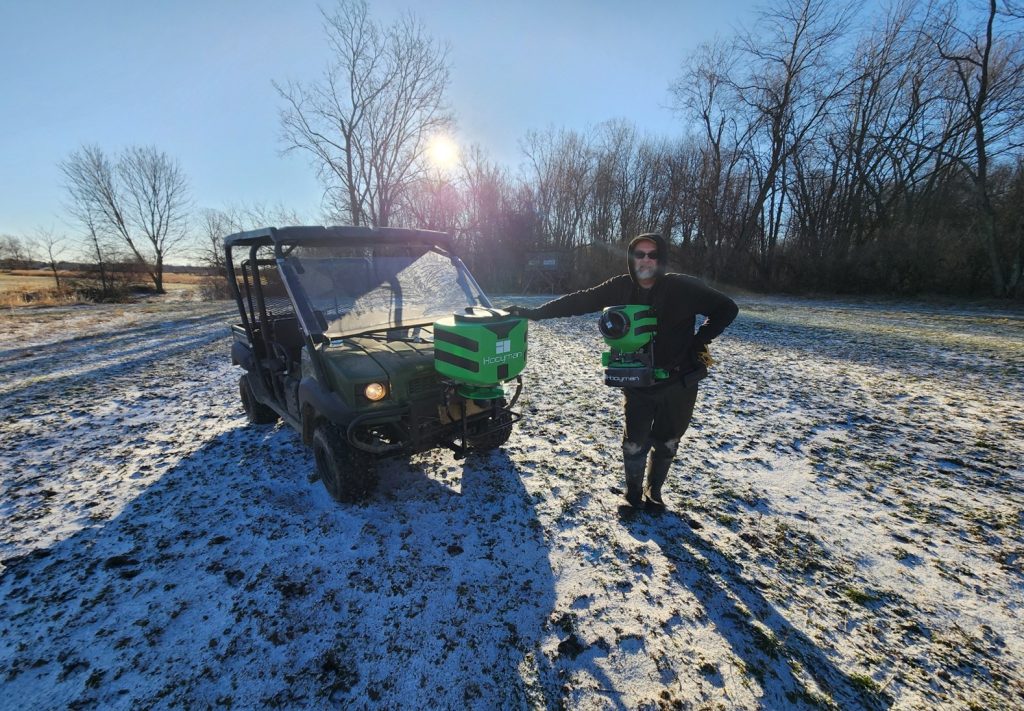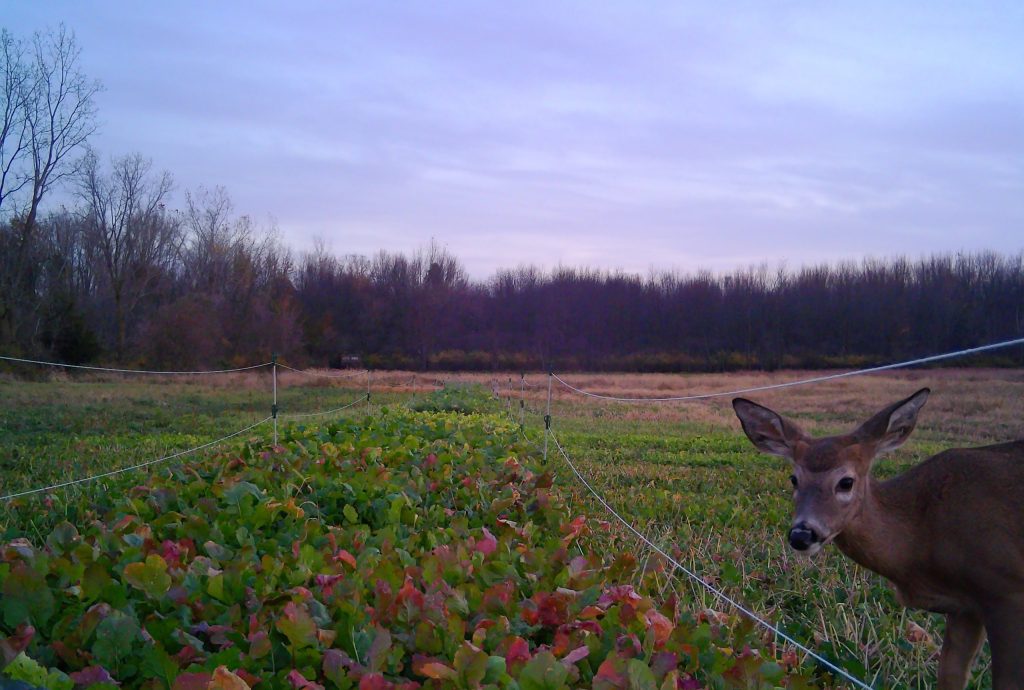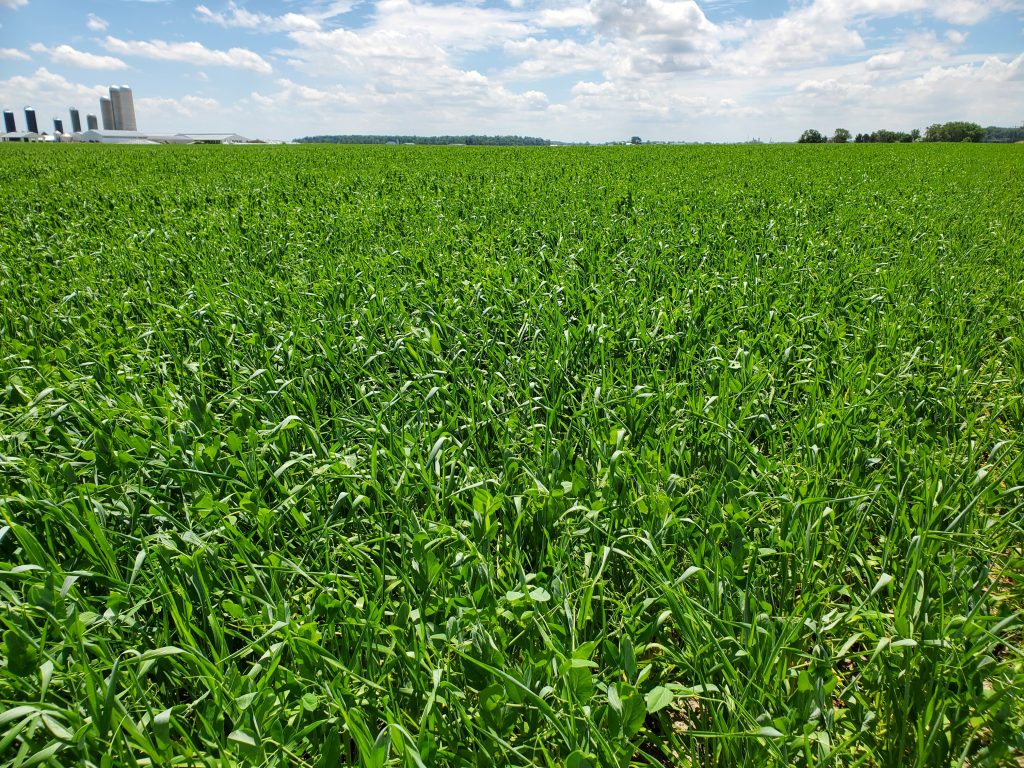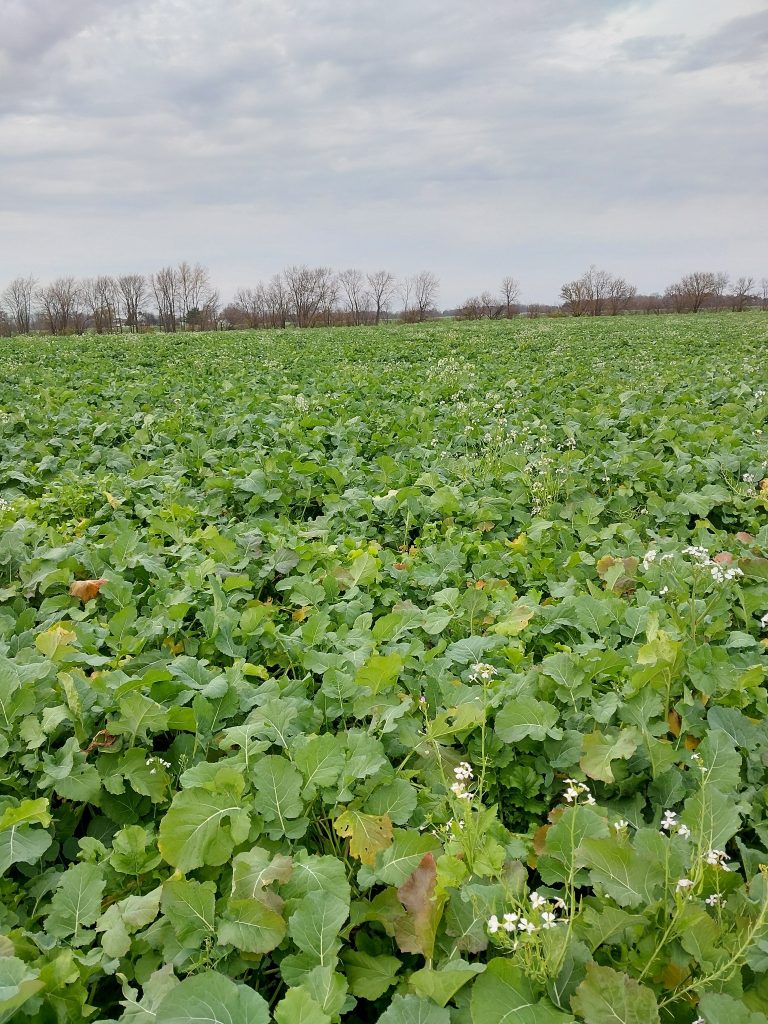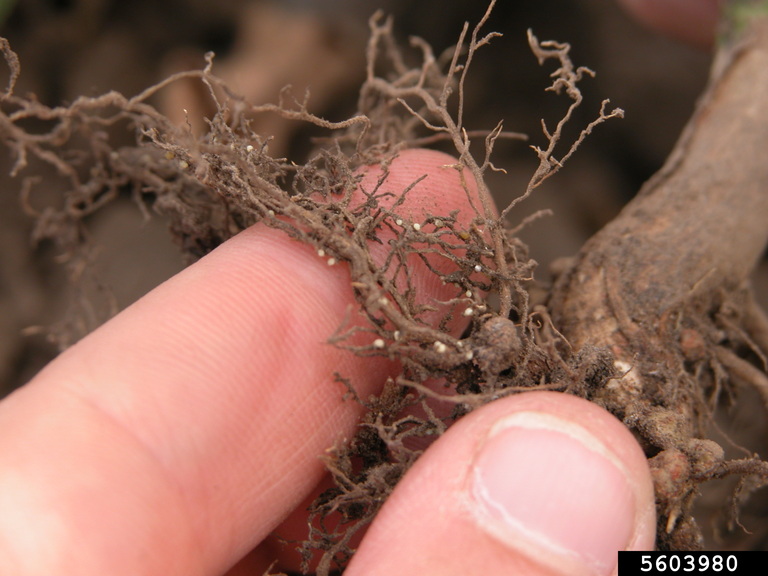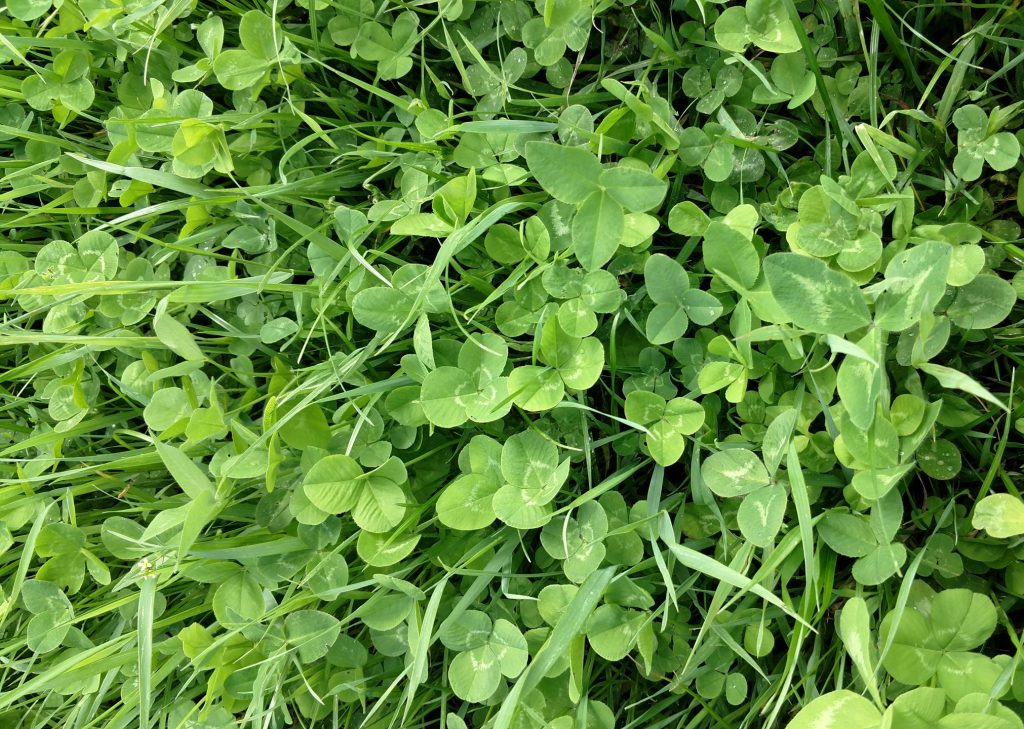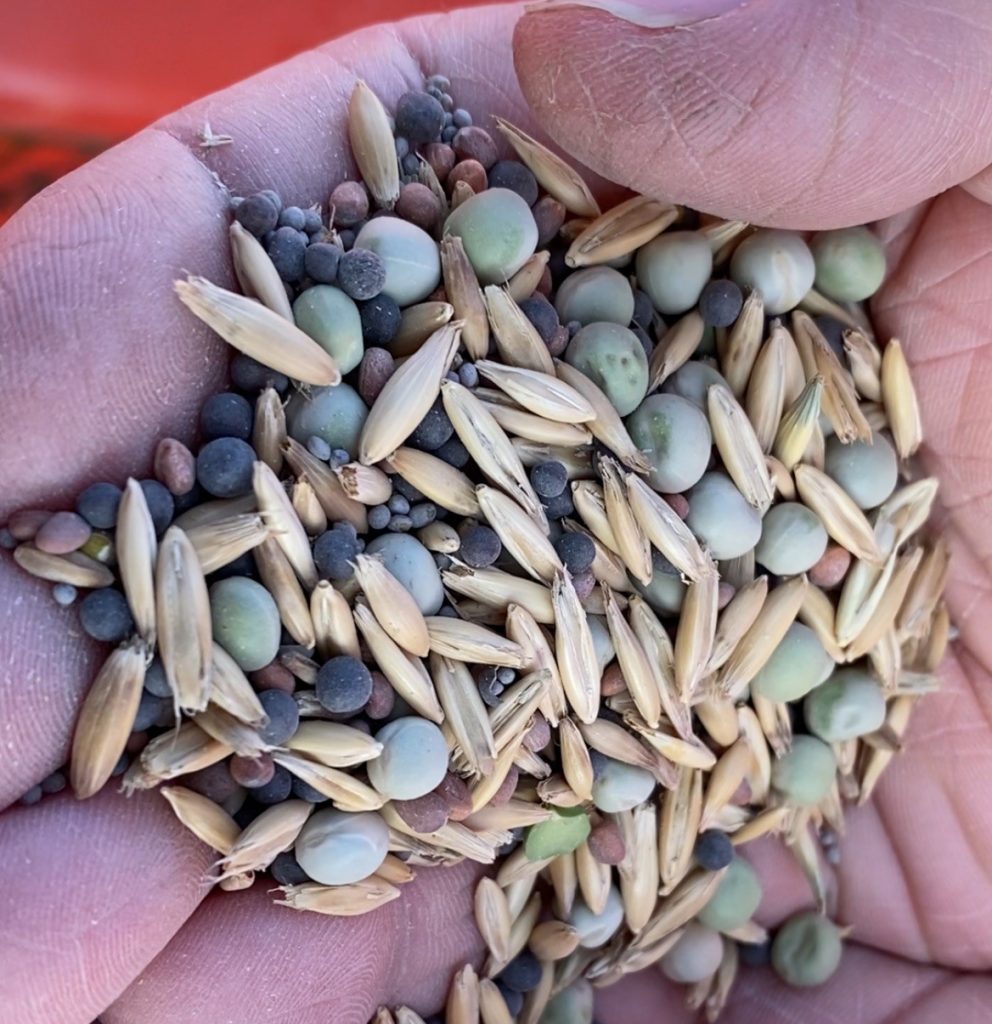Avoid Fallow Period with Cover Crops
Are there fields that you were unable to plant by the last insurable planting date? Considering allowing the field to go fallow this year? Crops planted after a fallow period often struggle to yield, an effect referred to as “Fallow Syndrome.” The problem is the result of breaking critical relationships between plants, microorganisms, and nutrient […]
Avoid Fallow Period with Cover Crops Read More »
